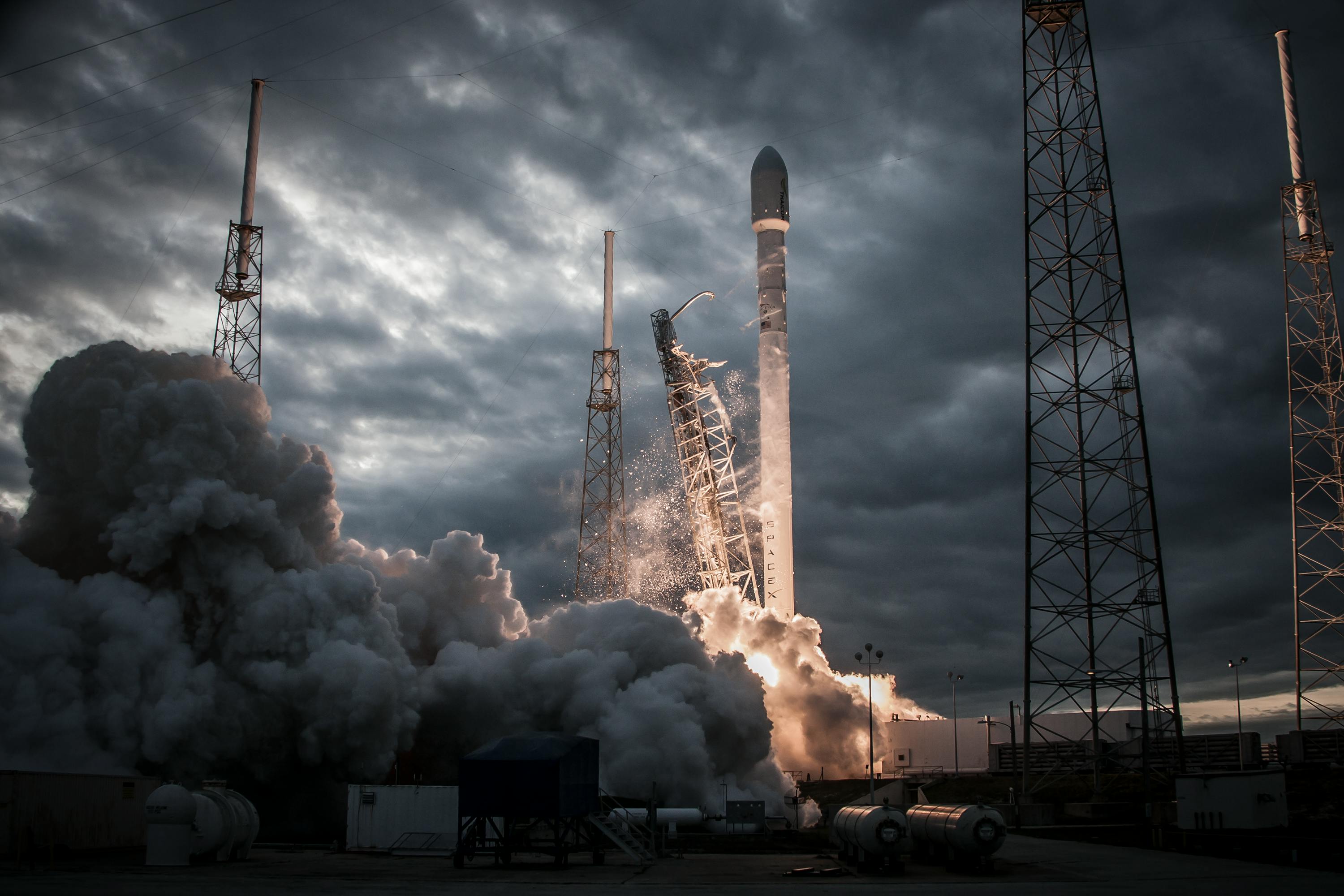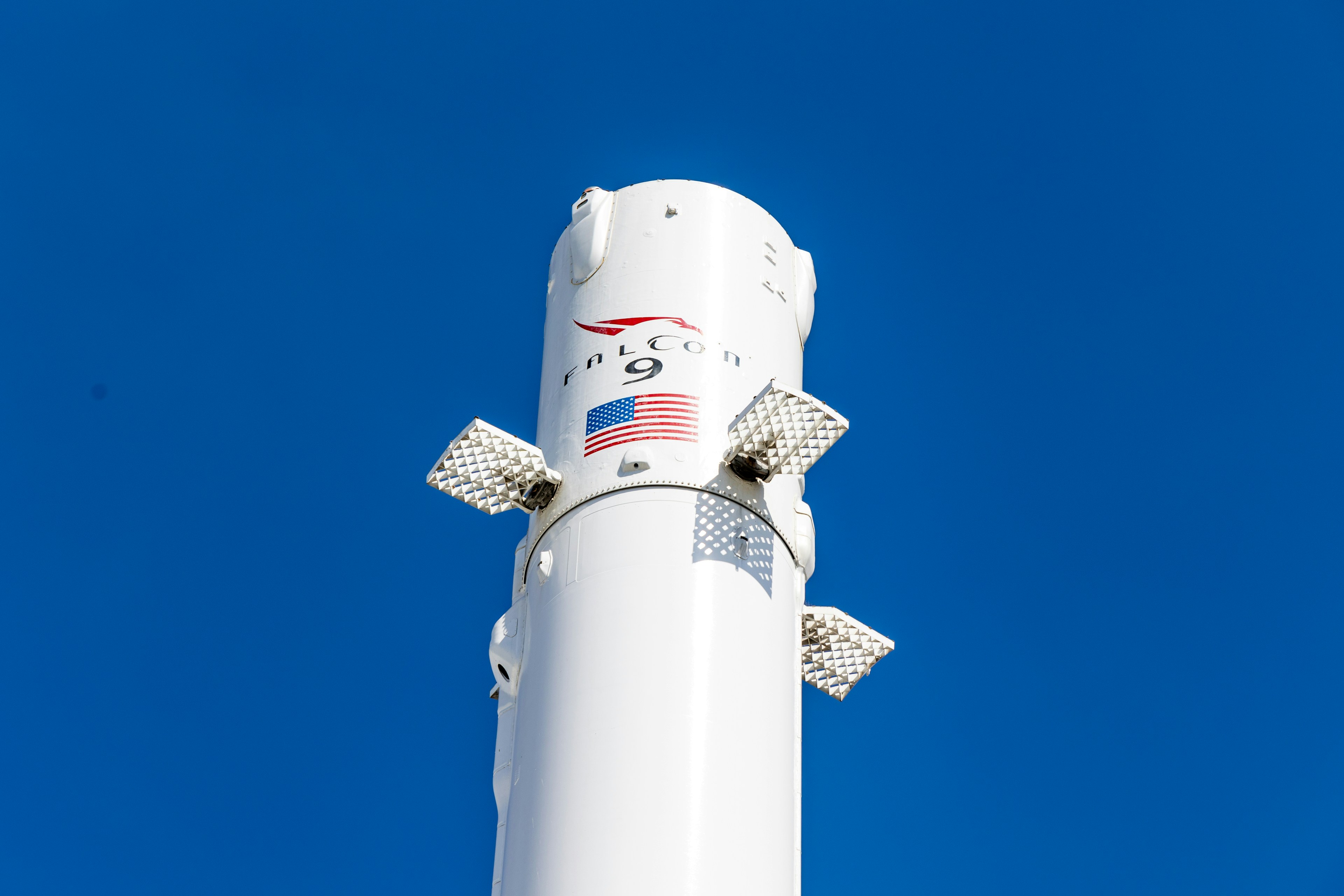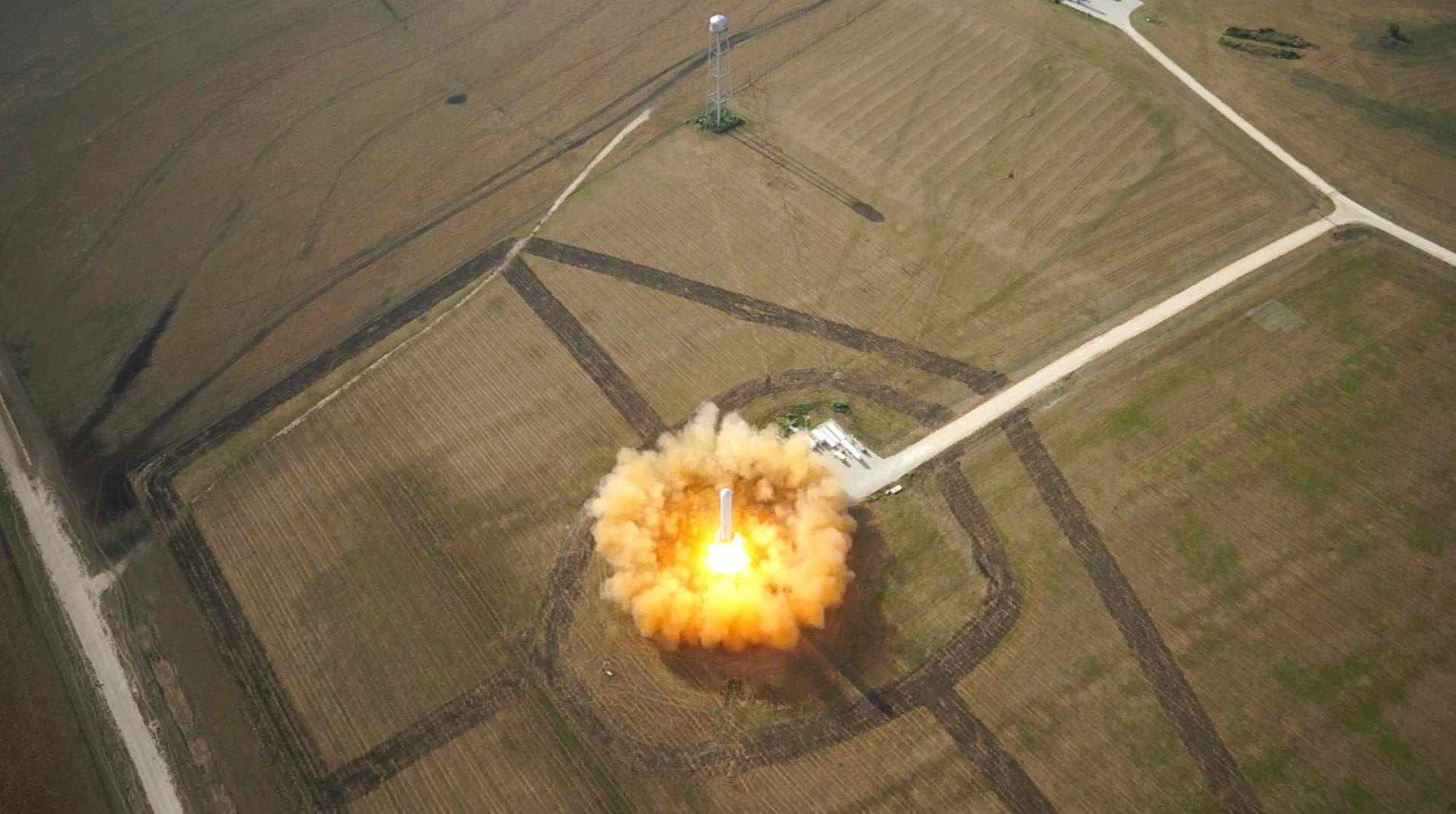· space brief · 4 min read
Space Brief 21 Apr 2025
Today's briefing highlights SpaceX's recent launch of spy satellites, a US Space Force contract for deep space tracking, and advancements in quantum communications in space.

📄Top Stories
SpaceX has successfully launched the 10th batch of ‘proliferated architecture’ spy satellites for the U.S. National Reconnaissance Office, bolstering surveillance capabilities. Meanwhile, L3Harris Technologies has secured a new contract for enhancing deep space tracking systems essential for global security. Additionally, Boeing is spearheading developments in quantum communication technology for space applications.
📰Detailed Coverage
SpaceX Launches 10th Batch of Spy Satellites
SpaceX marked a significant milestone with the launch of its 10th batch of “proliferated architecture” spy satellites. This operation was carried out from Vandenberg Space Force Base, California, on April 20th. The satellites, commissioned by the U.S. National Reconnaissance Office, are part of a strategic effort to expand surveillance and reconnaissance capabilities. The launch underscores SpaceX’s critical role in bolstering national security through advanced orbital deployments.
These satellites are integral to the U.S. government’s efforts to maintain situational awareness and ensure global security. With SpaceX’s proven track record of reliability and cost-efficiency, such collaborations are expected to continue. The increased frequency of launches aids satellite tracking efforts by ensuring timely data collection, enhancing the precision of objects’ monitoring in Earth’s orbit.
Read the full story: Space.com
L3Harris Secures Contract for Space Domain Awareness
The U.S. Space Force has awarded L3Harris Technologies a contract extension to upgrade its deep space tracking systems. This initiative is part of the Maintenance of Space Situational Awareness Integrated Capabilities (MOSSAIC) program. By modernizing ground infrastructure, L3Harris is pivotal in enhancing the nation’s ability to track and monitor objects in deep space, thereby strengthening defense systems.
L3Harris aims to enhance the accuracy and scope of current monitoring systems to manage the ever-growing satellite population and mitigate space debris risks. This enhancement will directly benefit operations reliant on tracking capabilities, ensuring sustained communication, navigation, and reconnaissance activities essential for both military and civilian sectors.
Read the full story: SpaceDaily
Quantum Communications Are Heading to Space
Boeing is developing a groundbreaking method for quantum communication in space that promises to revolutionize information transfer rates between satellites. Moving beyond traditional laser interlinks, this project aims to enable more rapid and secure data exchanges, crucial for future space missions’ success.
Quantum communication could vastly enhance the security of communications against interception or eavesdropping. The deployment of this technology will potentially transform data handling for satellite systems, leading to advancements that our web app can harness for improved satellite tracking and data security.
Read the full story: SpaceExplored
Potential Biosignature Found on Exoplanet
Using the James Webb Space Telescope, scientists have discovered what could be biological activity on exoplanet K2-18b. The presence of dimethyl sulfide (DMS) and dimethyl disulfide (DMDS) in its atmosphere hints at potential life, though further validation is compellingly needed to confirm these findings.
This discovery underscores the capabilities of the JWST to explore distant worlds and detect subtle atmospheric changes that might suggest life. While not directly tied to satellite tracking, such explorations expand our understanding of space science and technological reach.
Read the full story: SpaceDaily
🛰️Satellite Spotlight
- Satellite Name: LANDSAT 2
- NORAD ID: 07615
- Launch Date: 1975-01-22
- Mission: Earth observation
- Orbit: Inclination 98.9818°, Period 103.05min, Eccentricity 0.0009224
- Operator: GSFC
- Fun Fact: Despite a design lifetime of one year, LANDSAT 2 operated effectively for over five years, greatly exceeding expectations and contributing to our understanding of Earth’s surface.
Current TLE Data:
1 07615U 75004A 25110.86656699 .00000106 00000+0 10714-3 0 9991
2 07615 98.9818 69.5322 0009224 37.0420 323.1378 13.96917068560169Track this satellite in real-time on our web app: Track LANDSAT 2
🚀Upcoming Space Launches
April 22
- SpaceX Falcon 9:
- Bandwagon 3 (Dedicated Mid-Inclination Rideshare) from Cape Canaveral Space Force Station, FL, USA (00:43 UTC) Dedicated rideshare flight to a mid-inclination orbit with dozens of small microsatellites and nanosatellites for commercial and government customers.
April 24
- China Aerospace Science and Technology Corporation Long March 2F/G:
- Shenzhou 20 from Jiuquan Satellite Launch Center, People’s Republic of China (09:07 UTC) Ninth crewed flight to the Chinese space station.
April 25
- SpaceX Falcon 9:
- Starlink Group 6-74 from Cape Canaveral Space Force Station, FL, USA (01:32 UTC) A batch of satellites for the Starlink mega-constellation - SpaceX’s project for space-based Internet communication system.
April 27
- Firefly Aerospace Alpha:
- FLTA006 (Message in a Booster) from Vandenberg Space Force Base, CA, USA (13:37 UTC) Sixth flight of the Firefly Alpha small satellite launcher, launching the demonstration mission for Lockheed Martin’s new LM400 satellite bus, which will carry a communications payload.
April 28
- United Launch Alliance Atlas V 551:
- Project Kuiper (KA-01) from Cape Canaveral Space Force Station, FL, USA (23:00 UTC) Project Kuiper is a mega constellation of satellites in Low Earth Orbit offering broadband internet access, managed by Kuiper Systems LLC, a subsidiary of Amazon.
April 29
- Arianespace Vega-C:
- Biomass from Guiana Space Centre, French Guiana (09:15 UTC) Biomass is an ESA mission designed to measure the density of carbon stored in the world’s forests, featuring the first civilian P-band synthetic aperture radar.
April 30
- Gilmour Space Technologies Eris-1:
- Maiden Flight from Bowen Orbital Spaceport (00:00 UTC) Maiden flight of Gilmour Space’s orbital launch vehicle Eris.
Note: Launch dates and times are subject to change due to technical or weather considerations.

Maurice Stellarski





